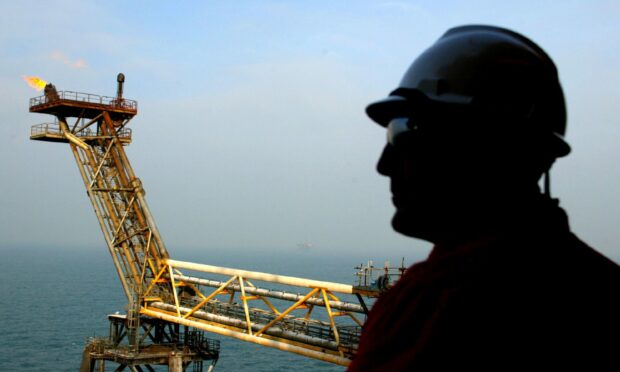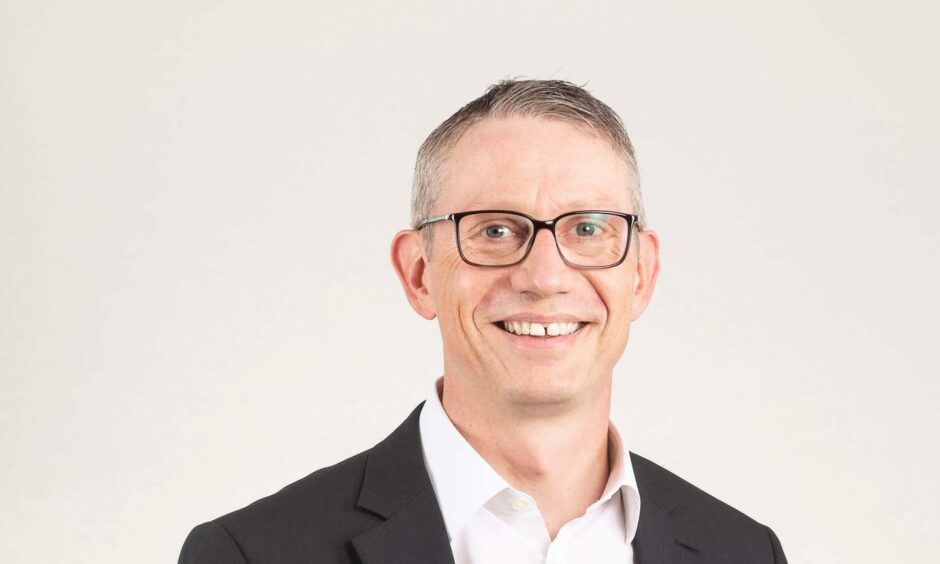Spirit Energy has confirmed plans to repurpose gas fields in the Irish Sea for emissions storage, in a move it claims will support thousands of jobs.
The operator is intending to convert its South Morecambe and North Morecambe fields of the north-west coast of England as well as its gas terminal near Barrow-in-Furness into a “world-class” carbon capture and storage cluster.
Subject to securing a licence from the North Sea Transition Authority (NSTA) as well as other regulatory approvals, Spirit says the project will support “thousands of highly skilled green jobs” in Cumbria and the north-west, as well as in Spirit’s Aberdeen office where it is headquartered.
According to Spirit, the revamp of its operations in Morecambe Bay will provide a multi-billion-pound investment in the local economy, promoting growth and further investment across the region.
It follows news in August that the North Sea operator had launched a consultation on redundancies in Aberdeen, where it has a base on Justice Mill Lane.
The project is separate to Eni’s HyNet North West scheme, which was one of two clusters selected by UK Government as part of a first round of its CCS funding competition.
The 2021 funding competition delivered a “bitterly disappointing blow” to hopes for jobs in Aberdeenshire after the Acorn CCS project in Peterhead was sidelined in favour of two schemes in the north of England. Partners in the north-east of Scotland still await an update from UK Government on its status.
Local jobs and enterprise
The Morecombe project is backed by the company’s shareholders, Scottish Gas-owner Centrica and German utilities firm Stadtwerke Munchen.
Neil McCulloch, chief executive of Spirit, said: “Our project will introduce cost-effective decarbonisation to businesses all over the UK, with a multi-billion-pound facility which means that a connection to a CO₂ export pipeline is no longer necessary to access carbon storage.
“Our new cluster will provide a solution for the UK’s industrial heartlands to reduce their carbon emissions, while also injecting significant green investment into Cumbria and the North West of England, where we have a proud history of working closely with the community and supporting local jobs and enterprise.”
Shipping in carbon
The cluster itself will provide a carbon storage solution for industrial activity in the region, and will be among the largest of its kind in the UK.
Under current projections, the project has the capacity to store up to a gigaton of CO₂, roughly equivalent to three years’ worth of current UK emissions.
As well as locking away emissions from local heavy industry, the project will also be able to accept carbon transported by ship from elsewhere, thanks to the nearby Port of Barrow.
This provides a route for industrial sites which do not have a direct connection to a pipeline to access CCS technology.
Chris O’Shea, chairman of the board of Spirit and CEO of Centrica, said: “This new cluster is a world-leading project that will promote growth, create jobs, and support the UK’s net zero ambitions.
“At Centrica, we are focussed on exploring how our assets can become an integral part of the energy transition to help our customers and the business achieve Net Zero.
“We’re pleased that this innovative project sets us up for long-term success to do just that.”
Morecambe operations
On top of its CCS plans, Spirit has pledged to “continue to maximise the use” of the two deposits until they are fully depleted, in order to “ensure continuity of domestic energy supply.”
Work on turning the area into a carbon storage cluster will take place in tandem with ongoing production, slated to wrap up in the second half of the decade.
With the North and South Morecambe gas fields coming to the end of their productive life, Spirit says the CCS project will harness the skills and knowledge of more than 300 workers currently based at the site.
Additionally, the two gas fields have the potential to form the core of a future low-carbon hub.
Spirit is exploring the scope for blue hydrogen production and direct air capture at the site, as well as integration with renewable power generation.




Conversation